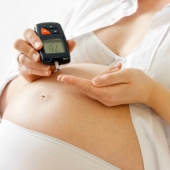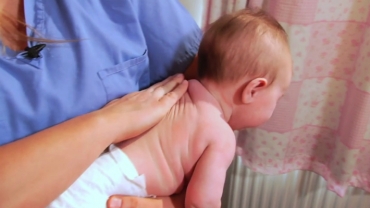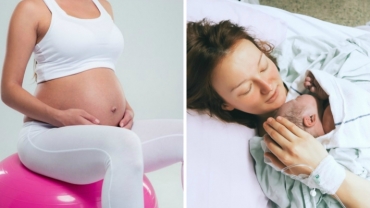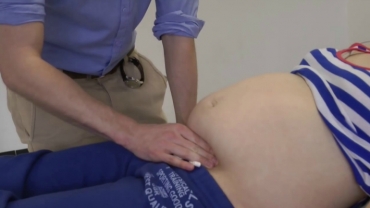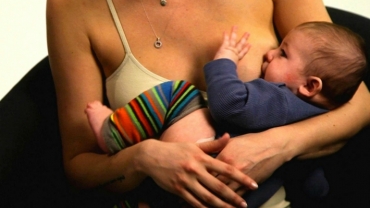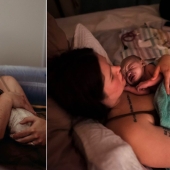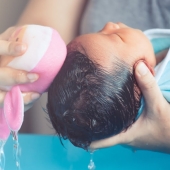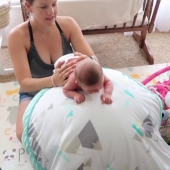Diaper rash is a common form of inflamed skin that appears as a patchwork of bright red skin on your baby's bottom.. Diaper rash typically occurs in infants and children younger than 2 years, but the rash can also be seen in people who are incontinent or paralyzed.
Almost every baby will get diaper rash at least once during the first 3 years of life, with the majority of these babies 9-12 months old. This is the time when the baby is still sitting most of the time and is also eating solid foods, which may change the acidity of the bowel movements.
Is your baby's bottom red and sore? Say goodbye to diaper rash with these tried-and-true remedies.
Step 1: Change more often
Most rashes happen because of moisture trapped against skin. So the first step toward clearing one up is to change your baby's diaper more often – at least every two hours or so, as well as the minute you realize that it may be wet or soiled.
Tip: Disposable diapers tend to be better at keeping rashes at bay than cloth ones. If you use cloth, but your baby's rash-prone, consider using disposables overnight.
Step 2: Clean the area
Urine and poop left behind can make rashes worse, so clean the diaper area thoroughly at every change. Use unscented wipes, without any added ingredients that could further irritate skin, and use unscented, alcohol-free soap during baths.
Tip: Sometimes a warm, damp washcloth can be less irritating than wipes. You can also fill a squeeze bottle with warm water, squirt some on your child's bottom, and use cotton balls to wipe.
Step 3: Pat – don't rub
No matter what you wipe with, pat – don't rub! – your baby's bottom.
Step 4: Apply cream
Once your baby's bottom is completely dry, smooth a visible layer of rash cream with zinc oxide over the affected area. The cream will form a barrier between the rash and the next barrage of pee or poop. Diaper your baby as usual.
Tip: Don't use baby powder or cornstarch. They can cause a yeast infection, which can make a diaper rash worse.
Step 5: Expose it to air
If you have time, let your baby go bare-bottomed for a while during the day on several layers of soft towels. The fresh air will help heal their rash.
Step 6: Prevent a recurrence
Once the rash has cleared, keep a new one from cropping up by continuing to change your baby frequently and watching what they eat. Some rashes are food-related, so watch for connections between foods and flare-ups.
Step 7: Dress them right
When you dress your baby, don't use plastic pants, which trap heat and cause a rash or make a rash worse. Now that your baby feels better, don't you do too?
Did You Know?
Did you know? Breastfed babies tend to have fewer diaper rashes than formula-fed ones.
- 100 views

